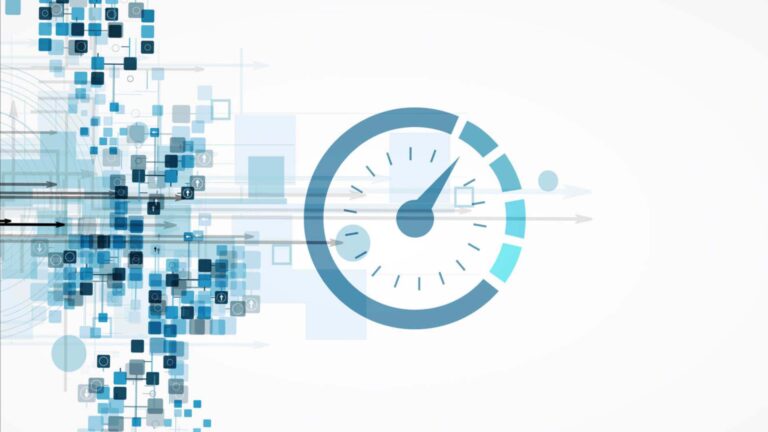Age is nothing but a number, or so the saying goes. And it’s true to some extent, particularly when your biological age is years younger than the time you’ve spent on this earth. Active people in their 70s and 80s will often tell you the secret to their youthful energy is to never stop moving – another truth. The fact is, leading a healthy lifestyle helps keep you young. And that’s due in no small part to the role that healthy practices have on your body’s production of NAD. To help you get started, we’re sharing three wonderful ways to boost NAD levels naturally.
What is NAD?
Nicotinamide adenine dinucleotide, or NAD, is a compound naturally produced in the body. It acts as a sort of “molecular currency,” shuttling electrons from one reaction to another in our cells. In simpler terms, it’s like a tiny power pack that helps keep our bodies running smoothly. NAD is essential for processes like energy production, DNA repair, and gene expression, and it’s been shown to decline as we age. By boosting NAD levels, we can potentially support these essential cellular processes and promote overall health and well-being. NAD is indeed the core molecule that preserves our youth and vitality.
When we’re young, we have it in abundance—it supports our health and gives us that admirable glow of youth. But as the years pass, NAD begins declining—a slide that’s linked to various age-related diseases and the standard hallmarks of aging, like a foggy memory, dulled reflexes, and a slower cognitive response.
NAD levels by age
Throughout our lives, we experience fluctuations in NAD production, with varying levels appearing at different ages. By piecing together our knowledge and some insights from the folks at Lifespan.io, we can provide a general understanding of NAD production across life stages. Keep in mind that exact values differ from person to person due to genetic makeup and lifestyle factors.
NAD is produced at high velocity during infancy and childhood, as children’s bodies require ample energy for rapid growth and development and, importantly, to fuel their active brains. As individuals enter their teenage years and early adulthood, NAD production continues at peak performance. Think of all the rigors a young adult will face during this stage of life: social adaptation, childbearing, and, don’t forget, risk-taking. It makes sense that our NAD production remains in full swing.
However, as we approach our 30s, a gradual decline in NAD levels begins. This decline becomes more apparent as we reach our 40s and 50s, contributing to age-related health issues and a noticeable decrease in energy.

By the time we join the ranks of the 55 and up, our NAD production has taken quite the plunge compared to our younger years. This decline in NAD levels goes hand in hand with age-related health letdowns, a loss in vitality, and the general feeling of being less sprightly. Pinpointing exact NAD levels for general age groups is challenging. Genetics and lifestyle play a significant role but knowing that our NAD production generally declines as we age might be the key to unlocking research and solutions for keeping us in tip-top shape throughout life’s journey.
While we can’t determine exact NAD levels for every age, understanding the overall trend of declining NAD production as we age gives us a base to work with. We need clinical studies and some good old crowdsourcing to hone in on what’s really happening at different stages of life.
Three natural ways to level up your NAD
One of the greatest breakthroughs in longevity science is the discovery that we can boost NAD levels and all the health benefits that come with it. Increasing NAD in the body goes hand in hand with the practices inherent to a healthy lifestyle. So, if you’re eager to enhance your NAD production naturally, here are some clever and effective strategies to consider:
Regular exercise to elevate NAD levels
Ahh, our beloved and wise elders always remind us to keep moving. And you know what? They couldn’t be more right! Have you ever wondered why exercising leaves you feeling so energized and alive? It’s because the more you move, the more NAD your body craves for energy, resulting in an increase in NAD production. What a beautiful feedback loop, especially when you jumpstart the process with a NAD precursor like Wonderfeel Youngr™!

Modifying your diet can increase NAD levels
Foods that boost NAD
If you research foods that boost NAD, you’ll find recommendations for vitamin B-rich options like avocados, fish, peanuts, cow’s milk, dark leafy greens, mushrooms, eggs, whole grains, and peanuts. Fermented foods are also on the list because they actually contain small amounts of NAD. Despite the fact that yogurt and kefir contain small amounts of NAD, fermented foods like sauerkraut and kimchi rank much higher.

Intermittent fasting
What you eat is important, but when you eat can also play a role. Intermittent fasting – a method that incorporates periods of fasting into your daily or weekly schedule – has been associated with “remarkable effects on aging and lifespan” in multiple studies.
And then there are the OMADs who take this concept to the extreme. It might seem illogical, but the fundamental principle of this diet that’s gaining popularity is to limit yourself to “One Meal A Day,” hence OMAD’s. Advocates of this radical form of intermittent fasting claim that it not only leads to weight loss but also improves learning and memory, cellular repair, and a slew of other positive outcomes. Full disclosure: some of us at Wonderfeel tried this and failed miserably…we’ll save that for another article.
Ketosis approach
Another option is the ketosis method. The keto diet emphasizes high fat, low carb, and adequate protein intake. It essentially changes the energy source in the body from glucose to ketones for a healthier metabolic state. As a mechanism of this ketogenic process, NAD production is naturally boosted. A happy side effect!
Interested? Here’s how it works. It’s all about enhancing mitochondrial function and promoting ketone body production. Studies reveal that this diet can increase NAD levels by 3.4% while reducing NADH by 13%, resulting in an impressive 18% rise in the NAD/NADH ratio. A healthy balance in this ratio is key since too much NADH can result in oxidative stress, which can damage cells and lead to chronic illness.
By shifting your body’s fuel source from glucose to ketones, the ketogenic diet not only accelerates your NAD production but also enhances energy production and overall cellular health. This nifty metabolic switch doesn’t just ramp up NAD; it supercharges your mitochondria and reduces oxidative stress, adding to the anti-aging perks of this diet. So, it’s not just a diet—it’s a way to keep your cells happy and healthy!
Of course, just about everyone has nutritional gaps. Despite our best efforts, fruits and vegetables have significantly fewer nutrients nowadays due to industrial agricultural practices. And that’s where supplementing comes in.
Higher NAD through heat
Infrared saunas, hot tubs, and heated pools – things that raise your body temperature can also increase NAD production. But basking in the sun can have an adverse effect on your NAD supply. That’s right, those UV rays can cause cellular damage that requires NAD for repair. So remember, sunscreen is your anti-aging powerhouse.

The best NAD booster – Wonderfeel Youngr NMN
Supplementation is like a buffet – not everything on the table is worth trying. To avoid any unpleasant surprises, choose high-quality supplements from reliable sources like our own Wonderfeel Youngr™. Our NAD precursor is your practical companion to a healthy lifestyle. With 900 mg of NMN and potent antioxidants, including hydroxytyrosol, resveratrol, ergothioneine, and vitamin D3, in a daily serving, you’re safeguarding your cells against oxidative stress and naturally boosting NAD. Consider Youngr™ your secret weapon working to defy those chronological years.













